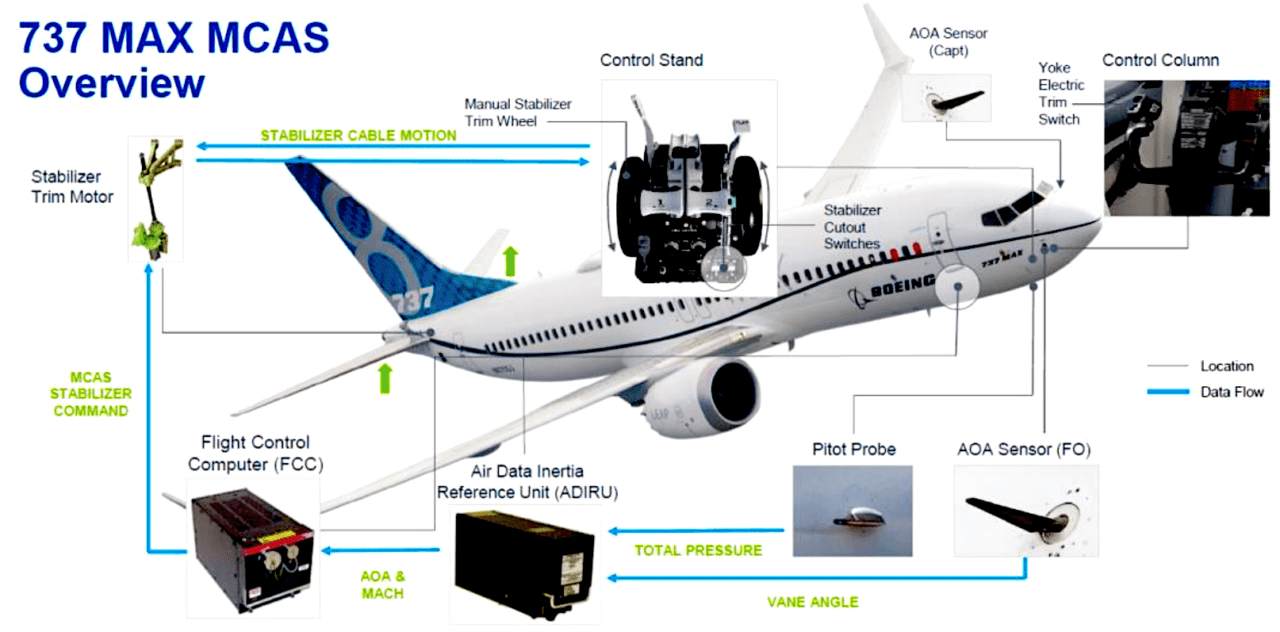

The most basic flight control systems are mechanical and, although they date back to the earliest aircraft types, are in use in the majority of light, general aviation aircraft. The ailerons control motion around the longitudinal axis (roll), the elevator controls rotation around the lateral axis (pitch) and the rudder controls movement around the vertical axis (yaw). Movement of any of the primary flight controls causes the aircraft to rotate around the axis of rotation associated with the control surface. Secondary flight controls are intended to improve the aircraft performance characteristics or to relieve excessive control loading, and consist of high lift devices such as slats and flaps as well as flight spoilers and trim systems.ī727 Flight Control Surfaces. Primary flight controls are required to safely control an aircraft during flight and consist of ailerons, elevators (or, in some installations, stabilator) and rudder. Learn more about us here.Aircraft flight controls are the means by which a pilot controls the direction and attitude of an aircraft in flight.įlight control systems are subdivided into what are referred to as primary and secondary flight controls. This information page is provided as a service to our readers by BAE Systems, Inc., a U.S.-based world leader in aerospace, defense, power, and intelligence solutions.

Further innovations to the system are also in development, including fly-by-wireless, fly-by-optics, power-by-wire, and more. And to prevent flightcritical failure, most fly-by-wire systems also have triple or quadruple redundancy back-ups built into them. On the other hand, mechanical systems are also complicated to operate, need constant monitoring,Īre heavy and bulky, and require frequent maintenance.īecause fly-by-wire is electronic, it is much lighter and less bulky than mechanical controls, allowing increases in fuel efficiency and aircraft design flexibility, even in legacy aircraft. Their "hands on" design gives pilots a direct, tactile feel for how the aircraft is handling aerodynamic forces as they fly. Traditional mechanical and hydro-mechanical flight control systems use a series of levers, rods, cables, pulleys, and more which pilots move to adjust control surfaces to aerodynamic conditions.

When equipped with active control sticks, the FCC also uses sensor data to create "tactile cueing" – sensory feedback to the pilot in the form of improved physical "feel" for the aircraft's motions and aerodynamic limits. Computers also monitor sensors throughout the aircraft to make automatic adjustments that enhance the flight.

When the pilot moves flight controls, those movements are converted into electronic signals, which are then interpreted by the aircraft's flight control computers (FCC) to adjust actuators that move flight control surfaces.


 0 kommentar(er)
0 kommentar(er)
